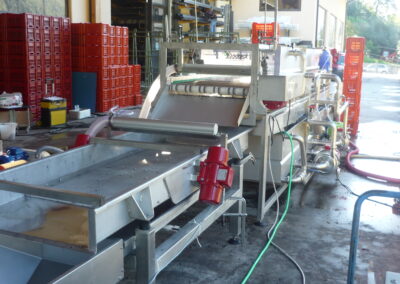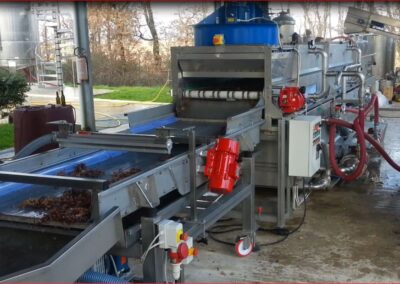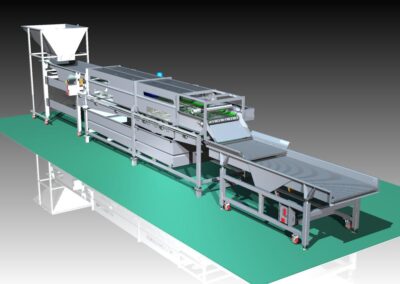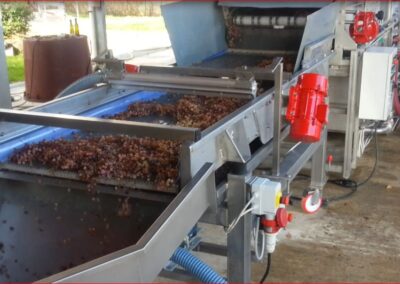Grape washer
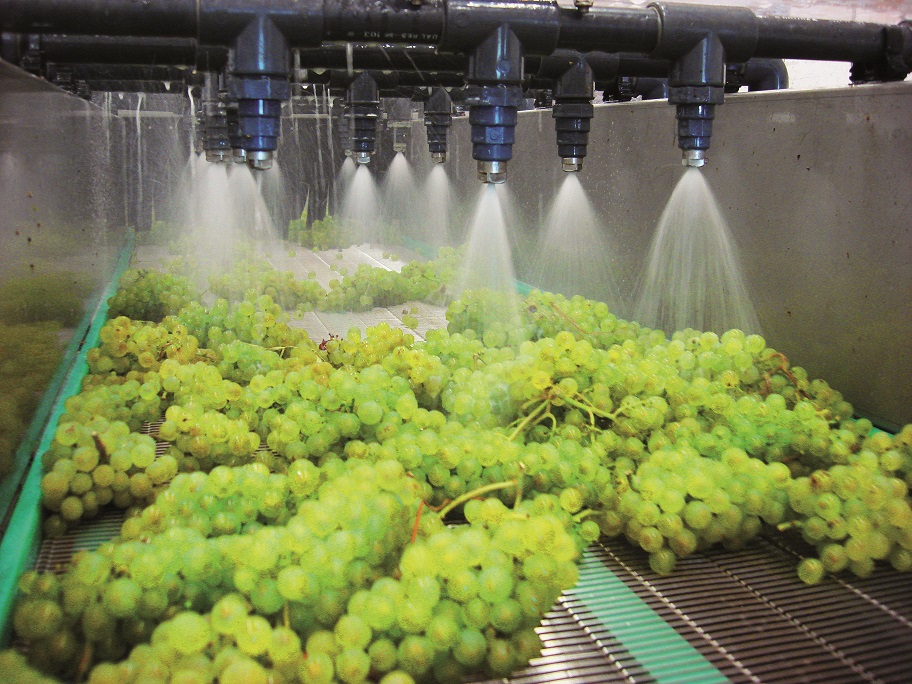
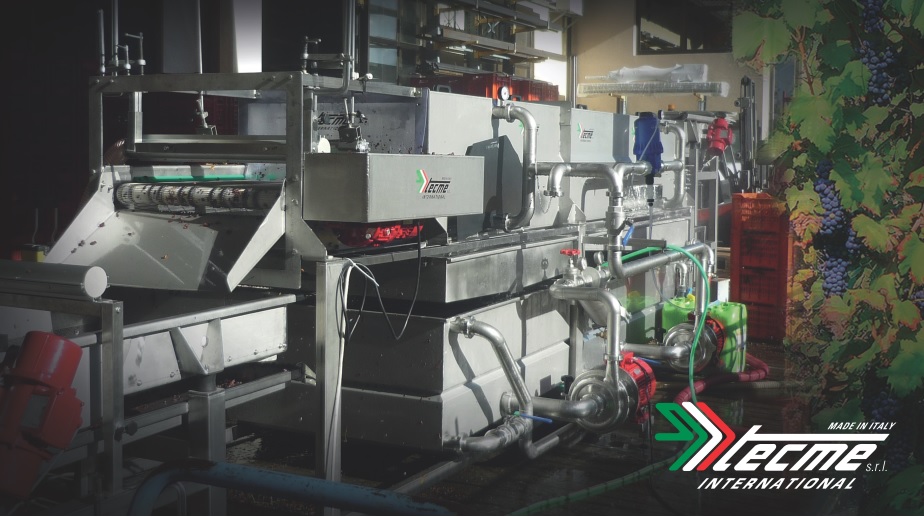
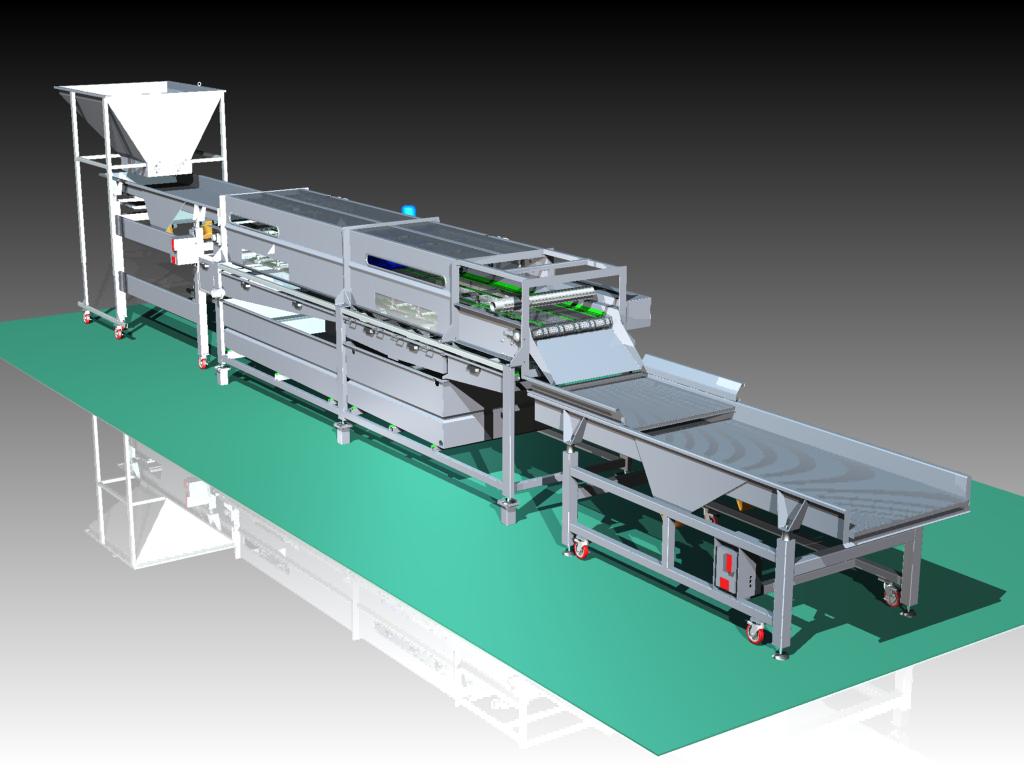
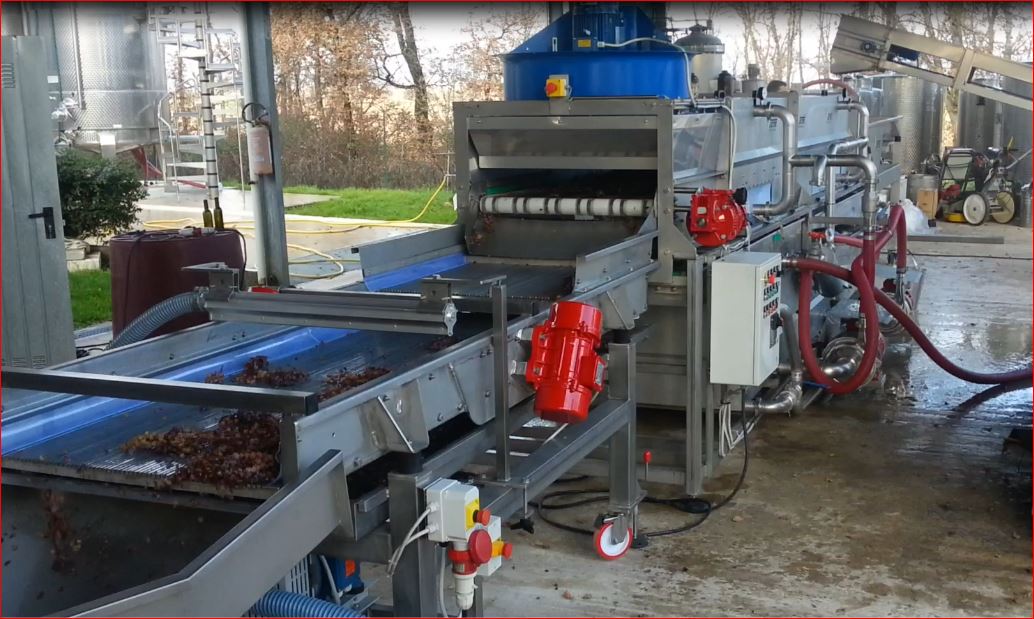
Grape Washing Machine
Why?
“The vine, in its vegetative and productive cycle, is affected not only by pesticide treatments (copper, sulfur, …) also by toxic contamination brought by the wind and by the rain. Microbial loads, unwanted mineral salts, toxic components, earthy debris, sand and often radioactive particles are deposited on the grapes.”
“Contaminations brought by wind and precipitation lead to serious and worrying environmental pollution, currently underestimated, which deserves particular attention.”
“Smog and tar residues are often present on the grapes, especially when the vineyards are exposed to air flow from industrialized areas, and are located near long-distance roads.
In these cases it is possible to detect in grapes and therefore in wines a series of substances that can harm not only the metabolism of yeasts, but also human health. Over three hundred different substances, of different chemical composition, are present in the wine, in addition to water and alcohol. “
“Heavy metals in grapes are dangerous oxidation catalysts and are a source of instability in wines”
“The earthy particles present in the grapes can bring cations to the wine, such as potassium, calcium, magnesium: their presence makes it more complex to obtain the tartaric stability of wines”
A simple washing of the grapes allows:
- to completely eliminate the dusty residues present and therefore to avoid any inconvenience at an organoleptic level
- to reduce the residues of phytosanitary treatments, to limit their presence in musts;
- to break down the heavy metals in the grape and consequently reduce their presence in the must; in particular copper sulphate (used as an anti-mold) which slows down alcoholic fermentations.
The Tecme International grape washing machine is an innovative technology. Thanks to its special spray nozzles that hit the grape clusters from different angles, it allows to eliminate the impurities such as leaves, insects, immature grains, fragments of soil.
The washing breaks down microbial loads, unwanted mineral salts, pesticide residues, including those of natural origin such as copper and sulfur, atmospheric pollution.
The washing tunnel consists of three main sections:
- first washing section
- rinsing section
- draining section

